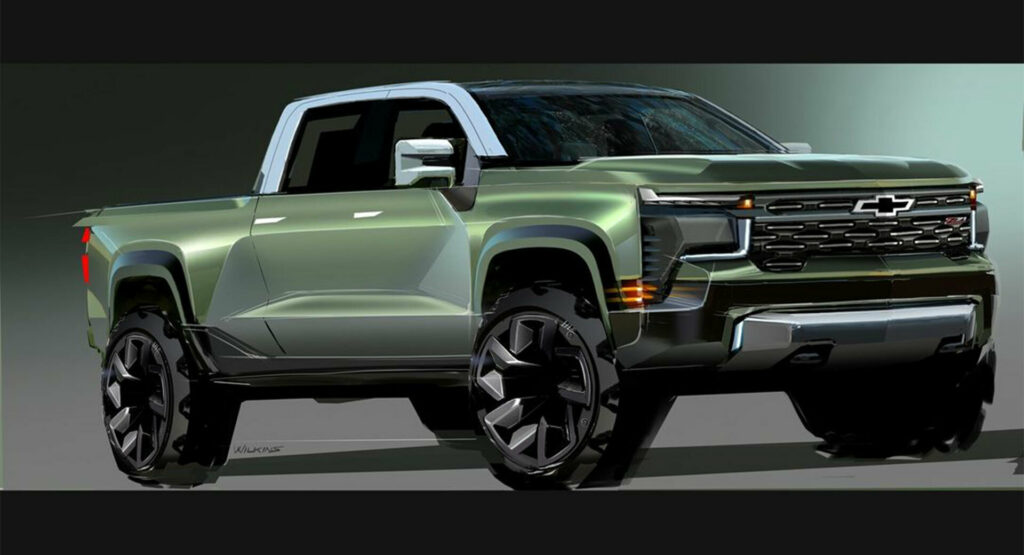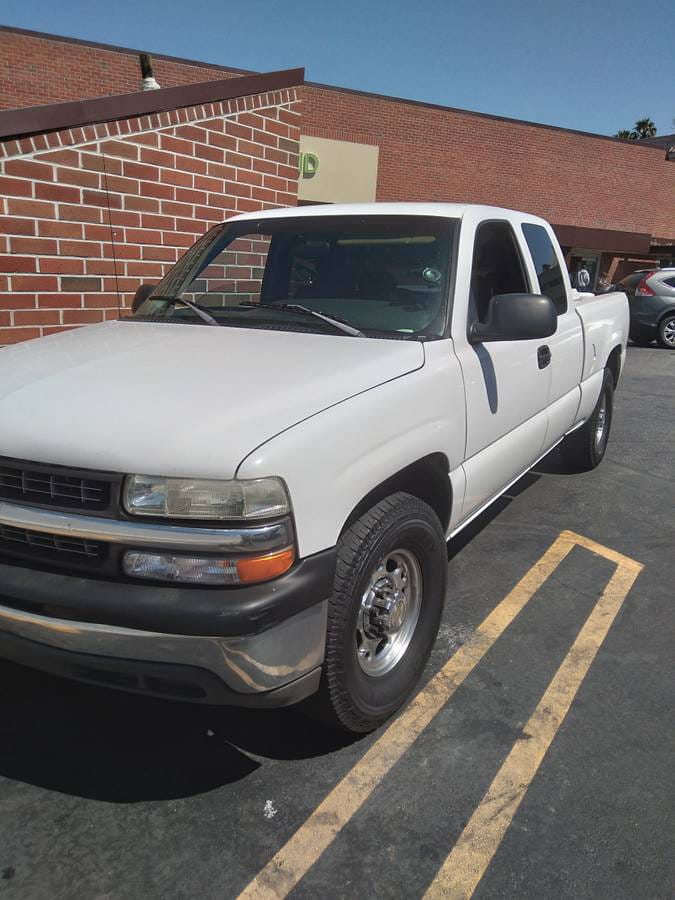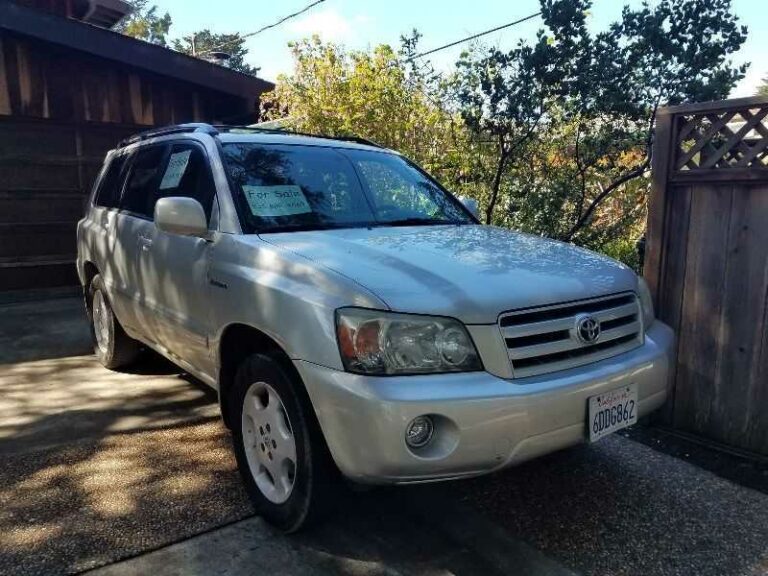Chevy Silverado Bed Cap Dimensions: A Comprehensive Guide
Chevy Silverado Bed Cap Dimensions: A Comprehensive Guide cars.truckstrend.com
The Chevy Silverado, a stalwart in the pickup truck market, is renowned for its versatility, robust performance, and adaptability to various needs. For many owners, maximizing the utility of their truck bed is a top priority, and a bed cap – also known as a truck topper or camper shell – is an indispensable accessory for achieving this. A bed cap transforms the open truck bed into a secure, weather-protected, and often climate-controlled storage or living space. However, the effectiveness and aesthetic appeal of a bed cap hinge entirely on one critical factor: its dimensions.
Understanding Chevy Silverado bed cap dimensions isn’t just about finding a cap; it’s about finding the right cap. A properly fitted bed cap ensures optimal protection for your cargo, enhances the truck’s aerodynamics, and maintains its visual integrity. An ill-fitting cap, on the other hand, can lead to leaks, compromised security, increased wind noise, and an unsightly appearance. This comprehensive guide will delve into every aspect of Chevy Silverado bed cap dimensions, equipping you with the knowledge to make an informed decision for your truck.
Chevy Silverado Bed Cap Dimensions: A Comprehensive Guide
Understanding Your Silverado’s Bed: The Foundation of Bed Cap Dimensions
Before even considering a bed cap, the first step is to accurately identify the dimensions of your specific Chevy Silverado truck bed. Unlike a one-size-fits-all approach, Silverado trucks have been offered with various cab and bed configurations across different generations, each with distinct dimensions. The primary measurement you’ll focus on is the bed length, followed by the width and the height of the truck’s cab.
Common Silverado Bed Lengths:
Chevy Silverado trucks typically come with one of three main bed lengths, though specific measurements can vary slightly by model year and generation:
- Short Bed (Approx. 5′ 8" / 69-70 inches): Commonly found on Crew Cab models, this bed offers a balance between passenger space and cargo utility, making it popular for daily driving and light hauling.
- Standard Bed (Approx. 6′ 6" / 78-79 inches): Often paired with Extended Cab (Double Cab) models and some Crew Cab configurations, the standard bed provides more cargo capacity without making the truck excessively long for urban maneuvering.
- Long Bed (Approx. 8′ 0" / 96-98 inches): Primarily available with Regular Cab models and certain Extended Cab configurations, the long bed is designed for maximum hauling capacity, ideal for commercial use, carrying lumber, or larger equipment.

It’s crucial to note that the exact measurements can vary by an inch or two depending on the specific model year and trim level. Always verify your truck’s bed length before purchasing a cap.
Bed Width and Cab Height: The Other Critical Dimensions
While length is paramount, bed width and cab height are equally important for a proper fit:
- Bed Width: This refers to the width of the truck bed at the top rails. Bed caps are designed to sit snugly on these rails. While the width across the rails is relatively consistent for a given generation, it’s still a measurement to confirm. Manufacturers often design caps to conform to the subtle curves and contours of the truck’s bed rails, ensuring a watertight seal.
- Cab Height: This dimension determines the overall height of the bed cap. Many owners prefer a "cab-height" cap, which aligns perfectly with the truck’s cab roofline, maintaining a sleek, integrated look and optimizing aerodynamics. However, "mid-rise" and "high-rise" options are available for those needing extra vertical cargo space, impacting the overall height dimension of the cap.

How to Accurately Measure Your Silverado for a Bed Cap
Precision is key when measuring for a bed cap. Even a small discrepancy can lead to fitment issues. Here’s a step-by-step guide:

-
Measure Bed Length:
- Use a reliable tape measure.
- Measure from the inside edge of the bulkhead (the wall closest to the cab) to the inside edge of the top of the tailgate.
- Measure along the top rail for accuracy. Do this on both sides to ensure consistency.
-
Measure Bed Width:
- Measure the width across the top of the bed rails, just behind the cab.
- Measure again near the tailgate. The width should be consistent, but some beds might taper slightly. Bed cap manufacturers account for this.
-
Measure Cab Height (for cab-height caps):
- Park your truck on a level surface.
- Measure from the top of your truck bed rail to the highest point of your truck’s cab (usually the center of the roof). This measurement helps determine if a cab-height cap will sit flush.
Pro Tip: Always measure at least twice to confirm your readings. If possible, have a second person help for greater accuracy.
Types of Bed Caps and Their Dimensional Implications
The material and design of a bed cap also influence its dimensional characteristics and overall fit:
-
Fiberglass Bed Caps:
- Description: The most common type, offering a custom, contoured fit that often matches the truck’s lines. They are durable, weather-resistant, and can be painted to match the truck’s color.
- Dimensional Implications: These are custom-molded to specific Silverado bed dimensions (length, width, and often cab height). They offer the most integrated appearance. Variations include cab-height, mid-rise (a few inches above the cab), and high-rise (significantly taller for maximum volume).
-
Aluminum Bed Caps:
- Description: Lighter, typically more utilitarian, and often favored for commercial or heavy-duty use. They are known for their ruggedness and often feature diamond plate finishes.
- Dimensional Implications: While still needing to match the bed length and width, aluminum caps often come in more standardized heights (e.g., tall, extra-tall) rather than strictly cab-height, offering greater interior volume. They may not contour as closely to the truck’s body lines as fiberglass.
-
Composite/ABS Plastic Bed Caps:
- Description: Offer a balance between fiberglass and aluminum in terms of weight and durability, often at a more economical price point.
- Dimensional Implications: Similar to fiberglass, they are designed to fit specific Silverado bed dimensions for a good, integrated look, often available in cab-height or slightly taller profiles.
Benefits of Knowing Correct Dimensions
Understanding and applying the correct bed cap dimensions offers numerous advantages:
- Perfect Fit and Aesthetics: A cap designed for your specific Silverado bed length and width will sit flush, look integrated, and enhance the truck’s overall appearance.
- Optimal Weather Sealing: A precise fit minimizes gaps, preventing water, dust, and debris from entering the bed, protecting your cargo from the elements.
- Enhanced Security: A snug-fitting cap with proper locking mechanisms provides superior security against theft, as there are fewer points of entry or leverage.
- Improved Aerodynamics: A cab-height cap, specifically, can reduce drag by smoothing airflow over the truck, potentially leading to marginal improvements in fuel efficiency.
- Avoid Costly Mistakes: Purchasing an incorrect size can result in wasted money, the hassle of returns, or a compromised, ill-fitting solution.
Challenges and Solutions Related to Dimensions
While measuring seems straightforward, certain challenges can arise:
- Generational Differences: Silverado bed dimensions have subtly changed over different generations (e.g., GMT800, GMT900, K2XX, T1XX). A cap for a 2010 Silverado might not fit a 2020 model even if they share similar nominal bed lengths. Solution: Always specify your exact year, make, and model when ordering or inquiring about a cap.
- Aftermarket Bed Liners/Rail Caps: Some aftermarket accessories, like thick bed liners or rail caps, can slightly alter the effective dimensions of the bed rails, potentially interfering with the cap’s seal or fit. Solution: Consider removing them before measuring, or consult with the cap manufacturer about compatibility.
- Worn Bed Rails: Older trucks might have slightly worn or bent bed rails. Solution: Inspect your rails for any damage or inconsistencies that might affect the cap’s seal. Minor issues might be fixable; severe damage might require professional attention.
Practical Advice and Actionable Insights
- Double-Check Everything: Measure your truck bed multiple times. Confirm your Silverado’s exact model year and cab configuration.
- Consult Manufacturer Specifications: Reputable bed cap manufacturers provide detailed fitment guides. Cross-reference your measurements with their recommended dimensions for your specific Silverado model.
- Consider Your Primary Use: If you frequently haul tall items, a mid-rise or high-rise cap might be more beneficial despite not matching the cab height. If aesthetics and aerodynamics are paramount, stick with cab-height.
- Professional Installation: While some DIY, professional installation ensures a proper, watertight seal and correct mounting, especially given the precise dimensional requirements.
Estimated Price Ranges for Chevy Silverado Bed Caps
The price of a Chevy Silverado bed cap is influenced by several factors, including the material, features (windows, lights, roof racks, carpeted interior), brand, and of course, the specific dimensions required for your truck’s bed length and height preference. The longer and taller the cap, generally the more material and thus higher cost.
Here’s an estimated price range for various types of bed caps suitable for Chevy Silverado trucks:
| Bed Cap Type | Description | Estimated Price Range (USD) | Key Dimensional Impact |
|---|---|---|---|
| Basic Aluminum | Entry-level, utilitarian, barebones, non-painted. | $1,000 – $2,000 | Often taller (mid-rise/high-rise) for cargo volume, fit standard bed lengths. |
| Standard Fiberglass | Painted to match, fixed windows, basic interior, cab-height or mid-rise. | $2,000 – $3,500 | Custom-molded for specific Silverado bed lengths (short, standard, long) and cab heights. |
| Premium Fiberglass | Features like carpeted interior, sliding/removable windows, interior lights, powered locks, reinforced roof. | $3,500 – $5,000+ | Precise fit for all Silverado bed lengths and cab/mid-rise heights, with added features. |
| Commercial/Work Grade | Heavy-duty aluminum, reinforced, often with toolboxes, ladder racks, or custom shelving. | $3,000 – $6,000+ | Typically high-rise, designed for maximum utility and durability, custom sizes for long beds. |
| Camping/Pop-Up Caps | Specialized caps that expand for sleeping space. | $4,000 – $10,000+ | Specific designs that fit standard bed lengths, with a focus on interior height when expanded. |
Note: These prices are estimates and can vary significantly based on brand, dealer, specific features, and current market conditions. Installation costs are often separate.
Frequently Asked Questions (FAQ) about Chevy Silverado Bed Cap Dimensions
Q1: Will a bed cap from an older Silverado fit a newer one with the same bed length?
A1: Not necessarily. While the nominal bed length might be the same (e.g., 6.5 ft), the actual dimensions, contours of the bed rails, and bulkhead design can change between generations. Always verify compatibility with the cap manufacturer using your exact year, make, and model.
Q2: How do I know if I have a short, standard, or long bed?
A2: The easiest way is to measure it yourself from the bulkhead to the tailgate (inside measurement). Alternatively, check your truck’s owner’s manual or VIN decoder, which often specifies the bed length configuration.
Q3: Can I use a bed cap designed for another truck brand on my Silverado?
A3: Generally, no. Truck beds, even with similar lengths, have different widths, rail designs, and cab heights specific to each manufacturer and model. A universal fit is highly unlikely to provide a secure or watertight seal.
Q4: What if my measurements are slightly off? Will it still fit?
A4: A few millimeters might be acceptable for some caps, but significant discrepancies (an inch or more) will likely result in a poor fit, leaks, or inability to install properly. It’s always best to aim for precise measurements.
Q5: Does a bed liner affect bed cap dimensions?
A5: Drop-in bed liners can sometimes add thickness to the bed rails, potentially affecting the cap’s fit, especially the seal. Spray-in liners typically do not. If you have a drop-in liner, it’s advisable to check with the cap manufacturer or remove it before measuring.
Q6: What’s the difference between cab-height, mid-rise, and high-rise caps?
A6:
- Cab-height: Sits flush with the truck’s cab roofline, offering a streamlined look and better aerodynamics.
- Mid-rise: Sits a few inches above the cab, providing slightly more vertical cargo space without being excessively tall.
- High-rise: Significantly taller than the cab, maximizing interior volume for large items, often preferred for commercial use or camping.
Conclusion
Choosing the right bed cap for your Chevy Silverado is a significant investment that enhances your truck’s functionality and appearance. The cornerstone of this decision lies in accurately understanding and applying Chevy Silverado bed cap dimensions. By meticulously measuring your truck bed’s length, width, and cab height, and considering the specific generation of your Silverado, you can ensure a perfect, watertight, and aesthetically pleasing fit. Whether you opt for a sleek fiberglass topper or a rugged aluminum shell, getting the dimensions right will unlock the full potential of your Silverado, transforming it into an even more versatile and capable vehicle for work, recreation, or everyday adventures.




